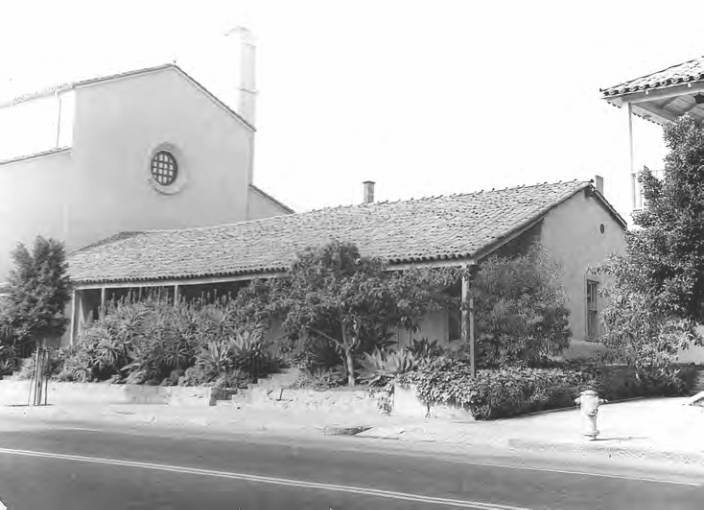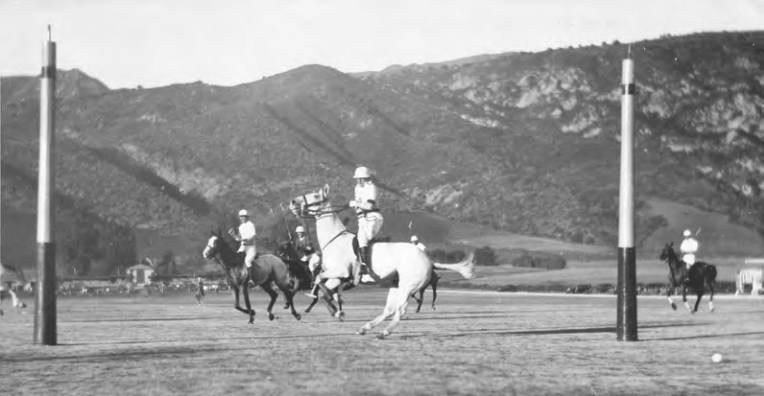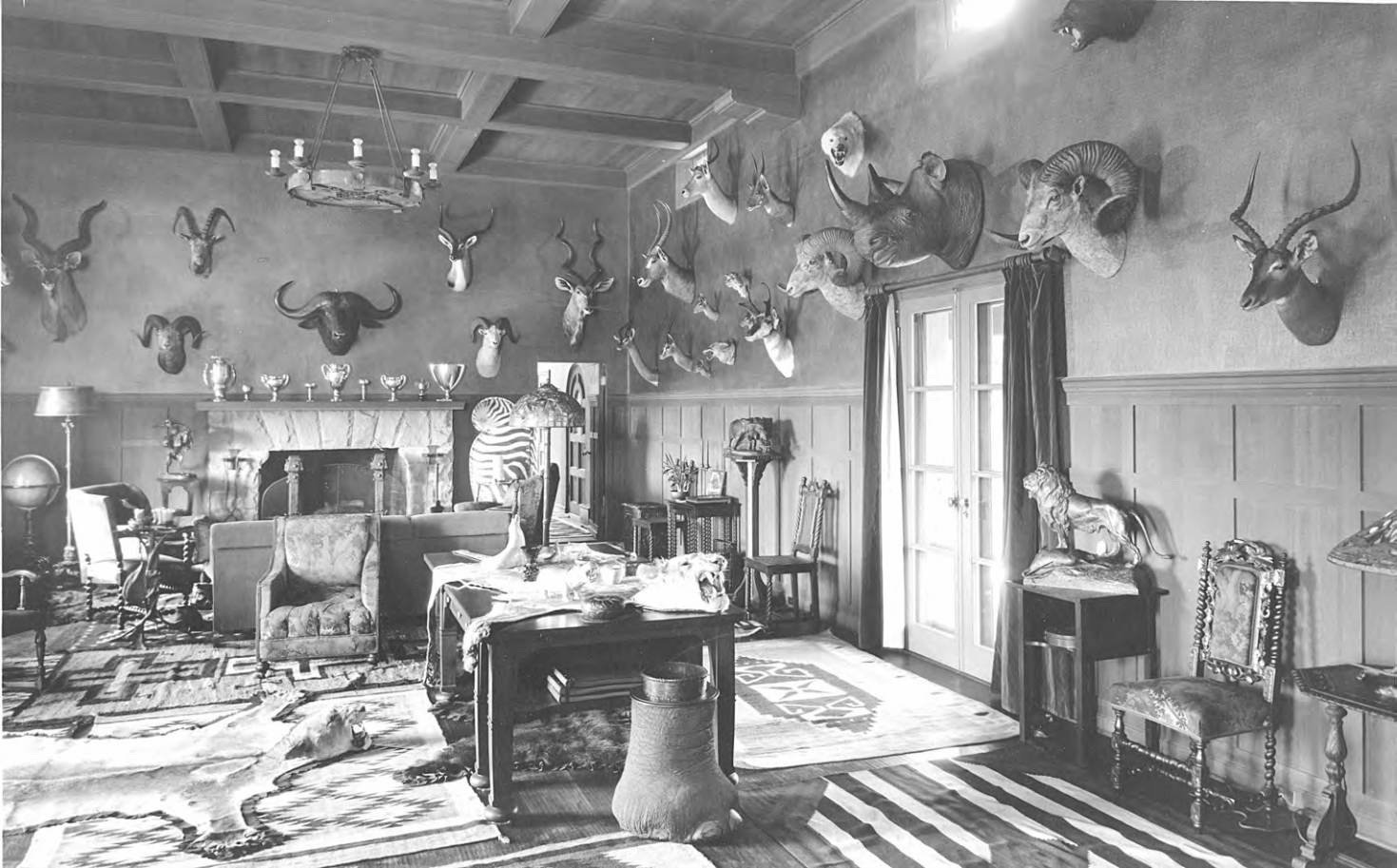Basic HTML Version





64
winter
|
spr ing
A partial list of other recipients of Fleischmann’s generosity includes Saint
Francis Hospital, Santa Barbara Boys’ Club, Boys’ Club of Goleta, Santa Barbara
Commission on Alcoholism, YMCA, Santa Barbara Trails, Botanic Garden,
Museum of Art, Music Academy of the West, Santa Barbara Symphony, Santa
Barbara Girls’ Club, Camp Drake for Boy Scouts, Hillside House, AWVS Senior
Citizen Center, Peabody Stadium (lights), Museum of Natural History, and St.
Vincent’s School. Fleischmann sponsored scientific publications, funded the
restoration of the Old Mission after the 1925 earthquake, and formed Ducks
Unlimited – a wetlands conservation group.
Santa Barbara’s waterfront was forever changed due to another of
Fleischmann’s gifts. For years before his arrival, residents had been advocating
and arguing about a harbor for Santa Barbara. Opponents to the idea believed
it would strip the sand from eastern beaches. When Fleischmann arrived on
the scene, enthusiasts of the harbor project took heart. Fleischmann was an
avid yachtsman having built 22 yachts in his lifetime.
Fleischmann wanted to help finance the harbor and offered the City
$200,000 if it held a bond election to raise another $200,000. When
Max was an avid amateur naturalist and sponsored several scientific
expeditions. During his association with the Santa Barbara Museum of
Natural History, he financed the Sarah Hamilton Fleischmann Bird Hall
and Laboratories, the new auditorium, and construction and furnishings for
a new library loosely based on the trophy room at
Edgewood
. In addition, he
donated the Hall of Mammals and purchased the Kramer property across
the street for the museum to use for future expansion. He served on the
board of trustees for many years and was its president from 1934 to 1947.
Cottage Hospital was another major recipient of Fleischmann’s charity.
He donated funds for an entire wing in 1929. In 1962, the Fleischmann
Foundation paid to enlarge this wing, add a five-story surgical wing, and
fund cancer research.
Max Fleischmann on white horse playing polo at Fleischmann Field circa 1930
(Courtesy Santa Barbara Historical Museum)
According to local historian Kathi Brewster, when plans to tear down the Carrillo
Adobe were announced on April 1, 1928, it was no joke. The community rejoiced
when on Friday the 13th, Max Fleischmann bought it from the developers and saved
it from demolition.
(Courtesy Santa Barbara Historical Museum)
African shields and spears festooned the arcade of the inner courtyard at
Edgewood
(Courtesy Santa Barbara Historical Museum)
officials agreed to those terms, Max spearheaded the bond issue campaign.
When the project ran over budget, he added more of his own money and
paid to have the breakwater extended to the shore when sand began filling
the harbor.
When warnings about the effects of interfering with the littoral
drift proved to be accurate and the beaches to the east saw their sands
evaporating, Fleischmann contributed a total of $160,000 for dredging
solutions to the problem.

